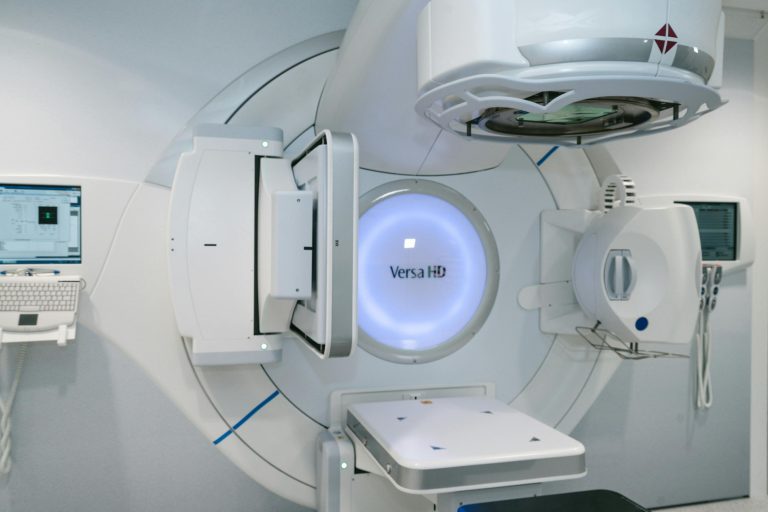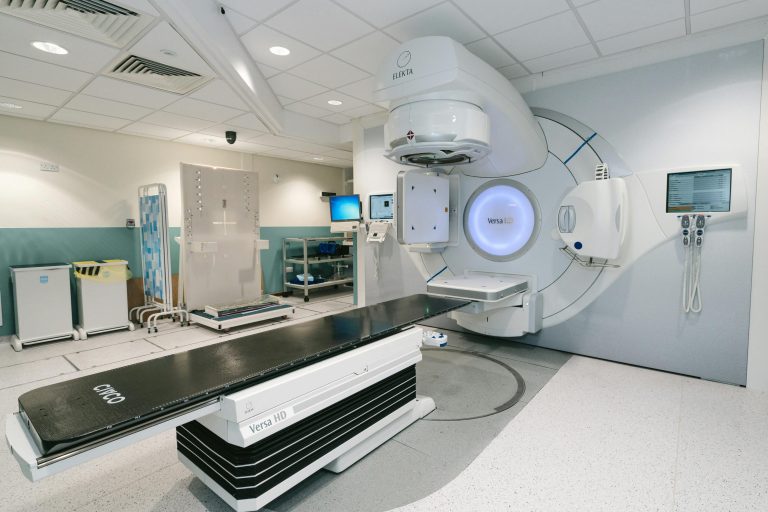/ Apr 09, 2025

Our research focuses on the significant healthcare development International trends & innovations related to healthcare facility/hospital planning and design, including, Patient patient-centred planning, Maximum Horizontal Movement, Ambulatory Care Development, the boundary Disappearing Between Inpatient and Outpatient, Day Surgery / Outpatient Surgery Development, Satellite Satellite Imaging, Point of Care Testing (PoCT) Development, the Hyper-Operating Room/ Imaging Guide Operations (Such as CT scans or fluoroscopy provide real-time images during surgery)
Our healthcare facility Research includes 1. Staging Planning and Design Research, 2. Open-Ended Planning Research, 3. Flexible Planning Research, 4. separation of Flows Planning Research, 5. share facility planning research, 6. Overflow Planning Research, 7. Zoning Planning Research, 8. Accessibility Planning Research, and 9. single-handing or Mirror Planning Research, etc.
Plus: Infection Control and Prevention Planning Research, Way-finding Planning Research, Natural Disaster Planning Research, Pandemic Planning Research, Cultural Planning (such as Bereavement and Prayer Room) Research, Communication Planning Research, etc.
The overview covers the major aspects of healthcare architecture research, including its key themes, methodologies, case studies, challenges, and future directions. Healthcare architecture research is a specialised field that focuses on designing, planning, and constructing healthcare facilities, including hospitals, clinics, and long-term care facilities. This research aims to create environments that promote patient healing, enhance staff efficiency, and support the overall well-being of all users. As healthcare systems worldwide face increasing demands, well-designed healthcare environments become even more critical. This overview explores the key themes, methodologies, and future directions in healthcare architecture research.
Key Themes in Healthcare Architecture Research
One of the central themes in healthcare architecture research is patient-centred design. This approach emphasises creating environments that prioritise the needs and experiences of patients. Key elements include:
Privacy and Dignity: It is crucial to design spaces that offer patients privacy and respect their dignity. This includes private rooms, soundproofing, and areas for personal belongings.
Comfort and Healing: Incorporating natural light, views of nature, and soothing colour schemes can significantly impact patient recovery times and overall satisfaction.
Accessibility: Ensuring that healthcare facilities are accessible to all, including those with disabilities, is a fundamental aspect of patient-centred design.
Evidence-based design (EBD) is a critical research area that involves making design decisions based on empirical evidence. It focuses on understanding how physical environments impact health outcomes and operational efficiency. Researchers collect data from existing healthcare facilities to identify design elements that improve patient care and staff performance. For example, studies have shown that incorporating nature views can reduce patient stress and improve recovery times.
Sustainability in healthcare architecture involves creating environmentally friendly and energy-efficient buildings. This includes:
Energy Efficiency: Utilizing energy-efficient systems and materials to reduce the environmental footprint of healthcare facilities.
Sustainable Materials: Choosing building materials that are sustainable and non-toxic.
Waste Management: Implementing effective waste management systems to handle medical and non-medical waste.
The integration of advanced technology in healthcare facilities is another significant research theme. This includes:
Smart Hospitals: Incorporating Internet of Things (IoT) devices to monitor patient conditions and improve operational efficiency.
Telemedicine: Designing spaces that support telemedicine consultations and remote monitoring.
Digital Records: Ensuring that healthcare facilities can handle electronic health records securely and efficiently.
Research Methodologies
Healthcare architecture research employs various methodologies to gather and analyse data, including:
Qualitative research methods, such as interviews, focus groups, and case studies, are used to gather in-depth insights into the experiences of patients, staff, and other stakeholders. These methods help researchers understand the subjective aspects of healthcare environments, such as patient satisfaction and staff morale.
Quantitative research involves collecting and analysing numerical data. Surveys, observational studies, and experimental designs are common quantitative methods. For example, researchers might measure patient recovery times or staff efficiency before and after implementing specific design changes.
Mixed-methods research combines qualitative and quantitative approaches to understand healthcare architecture’s impact comprehensively. This approach allows researchers to validate findings through multiple data sources and methodologies.
Post-occupancy evaluations are systematic assessments of buildings after they have been occupied for some time. POEs provide valuable feedback on the performance of healthcare facilities, identifying areas for improvement and validating design decisions.
Challenges and Future Directions
One of the primary challenges in healthcare architecture is balancing cost constraints with the need for high-quality design. While innovative designs can enhance patient outcomes and staff efficiency, they often come with higher initial costs. Research is needed to identify cost-effective design solutions that do not compromise quality.
Healthcare needs continually evolve, driven by demographic changes, technological advancements, and shifting healthcare policies. Future research must focus on designing flexible and adaptable healthcare facilities that can respond to these changes. This includes creating modular designs that can be easily reconfigured and incorporating spaces that support new technologies and treatment modalities.
While patient-centred design is crucial, the well-being of healthcare staff is equally important. High-stress environments can lead to burnout and impact the quality of care. Research should explore design strategies that support staff well-being, such as creating restful break areas, reducing noise levels, and optimising workflows.
Healthcare architecture research must also address health disparities by designing facilities that are accessible and welcoming to diverse populations. This includes considering cultural sensitivities, language barriers, and socioeconomic factors in the design process.
Healthcare architecture research is a dynamic and evolving field that plays a critical role in shaping the future of healthcare environments. By focusing on patient-centred design, evidence-based practices, sustainability, and technological integration, researchers can create healthcare facilities that promote healing, enhance operational efficiency, and support the well-being of all users. As healthcare systems face increasing demands and challenges, the importance of well-designed healthcare environments will only continue to grow. Future research must address these challenges and explore innovative design solutions to create healthcare facilities that meet the needs of diverse populations and adapt to the ever-changing healthcare landscape.








Healthcare Architecture Research (Australia)
Healthcare Facility Planning & Research
©2024- All Right Reserved. mediarch.com.au